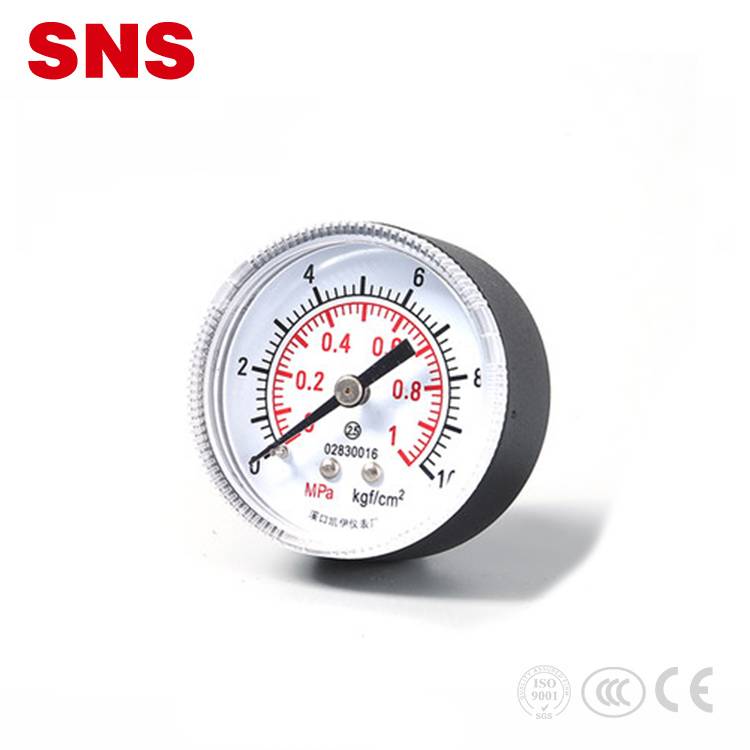
A pressure gauge is a key instrument for measuring the pressure of gas or liquid within a container. It plays an important role in various applications and industries, ensuring that optimal pressure values are maintained for efficient functionality. In this blog, we will delve into the key aspects of pressure gauges, focusing specifically on their combination with regulators. By understanding the importance of regulators and pressure gauges, we can understand their role in improving accuracy and reliability for a wide range of tasks.
Paragraph 1: What is a pressure gauge?
A pressure gauge is a device used to measure and display pressure within a container, whether in gas or liquid form. These instruments range from everyday items used to measure car or bicycle tire pressure to high-precision instruments used in machinery and industrial processes. They include dials that indicate pressure readings and components such as Bourdon tubes or diaphragms that convert pressure into linear motion. A pressure gauge on its own can provide valuable insights into pressure levels, but when combined with a regulator, the overall efficiency and accuracy of the system is greatly improved.
Paragraph 2: Importance of Regulatory Agencies
The regulator acts as a control device, maintaining and regulating the pressure within the system to ensure optimal performance. Used in conjunction with a pressure gauge, the regulator provides additional stability and accuracy. When pressure levels fluctuate, the regulator responds by adjusting flow, ensuring that pressure remains consistent. They eliminate unnecessary spikes or dips that can cause system failure or inefficient operation. Therefore, pairing a pressure gauge with a regulator ensures that pressure remains within a preset range, protecting machinery and processes.
Paragraph 3: Improving accuracy and reliability
The combination of regulator and pressure gauge increases the accuracy and reliability of the system. High-precision pressure gauges help accurately measure pressure levels, providing operators with real-time data. However, without a regulator, the purpose of these measurements would be limited. The regulator allows for precise adjustment and monitoring, promoting stability and fine-tuning of pressure values. This symbiotic relationship ensures that pressure gauge readings remain consistent and reliable, allowing for optimal performance in a variety of applications.
Paragraph 4: Wide application in various industries
Pressure gauges, along with regulators, are used in numerous industries. Automotive, manufacturing, chemical processing, oil and gas, and power generation are just a few of the industries that rely on these combined instruments. In automotive applications, regulators work in conjunction with pressure gauges to maintain optimal air pressure in tires, thereby contributing to safer and more efficient driving. In manufacturing processes such as hydraulic systems, regulators combined with pressure gauges allow precise control of pressure levels, thereby improving the performance of machinery and extending its service life.
Paragraph 5: Conclusion
There is no denying that the marriage between pressure gauges and regulators is critical to ensuring optimal accuracy and reliability across multiple industries. A pressure gauge provides insight into pressure levels, while a regulator ensures stability and consistency within a preset range. Together they unlock the potential for increased efficiency, improved safety and extended durability in a variety of applications. Whether it's routine tire pressure measurements or complex hydraulic systems, the regulator and pressure gauge combination is indispensable for optimal control and performance.
Post time: Nov-03-2023

